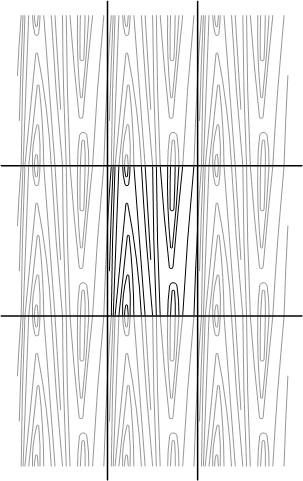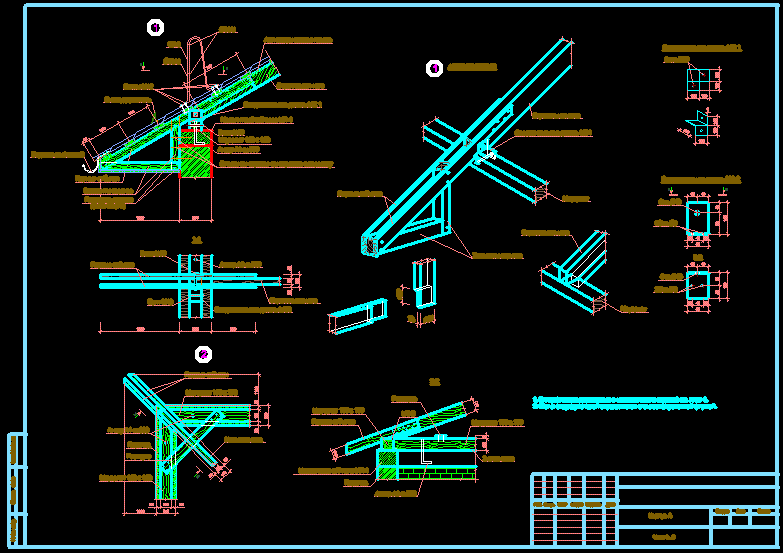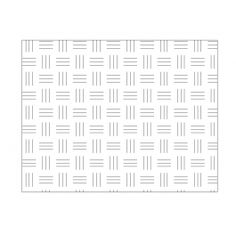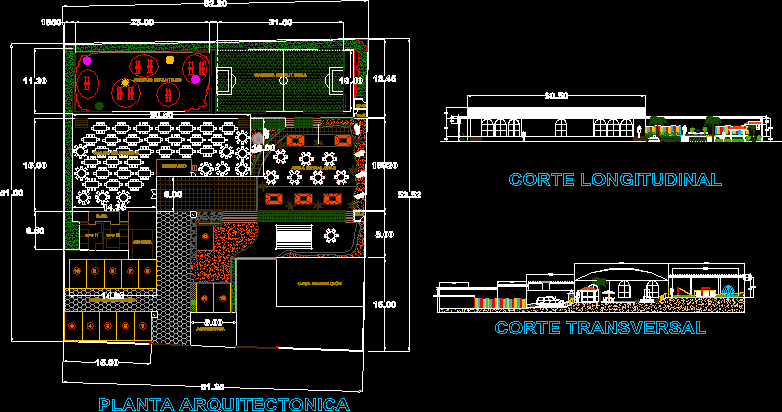
The resulting field now has units of length and can be used in an Offset block to add and remove material (the original sphere is shown in green). Imagining this as a digital signal or 3D oscilloscope may help. Using a multiply block assigns units of length, and also the strength or amplitude of the noise. We need to assign length units in order for it to change the shape of a part. The influence of the frequency input is best visualized by changing the value, and the random seed is useful if you want to layer multiple noise functions without them coinciding, or to randomize different parts’ textures. Using the field viewer (press F), you can see that the noise ranges from -1 to 1 (toggle “Probe Values” on the Field Viewer dialog, and hover over the field). Roughness begins with a Simplex Noise 3D block. It involves three easy steps: generating noise, scaling the noise, and applying it to a part. Note that other texturing methods are available in nTop as well, and can sometimes be easier for simple parts.Īdding roughness is perhaps the simplest procedural texture and a foundation for the more advanced ones below. Field-driven design allows users to control the size, shape, or strength of the texture however they desire. NTop’s implicit modeling engine is mathematically based, and natively compatible with procedural texturing recipes. Why is nTop good at Procedural Texturing?

Modify the basic roughness workflow to create attractive wood, leather, and marble textures.


Procedural texturing generates a surface texture using a mathematical procedure or algorithm. The required geometries can be challenging to draw manually and even more challenging to scale and conform around complex parts.

Creating surface textures has many applications, from aesthetics effects to increasing mechanical grip or decreasing aerodynamic drag.


 0 kommentar(er)
0 kommentar(er)
